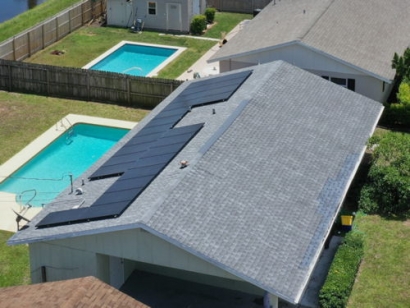
There are two forms of investing in solar energy. First is the individual approach. This purchase involves you independently planning your solar integration, acquiring the panels and hiring contractors to install them. This approach is beneficial for long-term investments.
The second path is through a company, like Tesla. The company completes the installation for you and owns the solar panels. You will also have to make monthly payments, which can add up over time.
However, the Tesla solar rental initiative is bringing down the costs — it is now one of the most competitive companies in the market. There are no upfront costs for installation. You only need to pay the monthly fees and a removal fee should you choose. The Tesla solar pricing goes as follows:
Trusting your rental company is one of the key factors in getting the most for your money in this instance. Therefore, you will need to fully consider Tesla's plans first. The option you choose will depend on different factors within your household. With these prices, though, Tesla has created a more accessible approach to solar energy. More people can afford these costs, which allows solar energy and sustainability to become a standard.
You should consider several factors when planning to invest in solar energy — from space and energy levels to pricing.
First, you will need to decide what plan you need for your household. For smaller homes, 3.8 kW can suffice. However, larger families will need more electricity. Placement is also a factor to consider. You will need around 250 square feet of space that the sun can directly hit for prolonged periods. More kW power requires more panels and spacing.
Next, you will want to consider the taxes. States offer tax credits for solar investments for homeowners and business owners. When working through a third-party company like Tesla, though, you will not be able to claim that tax credit. It will go to Tesla since the company owns the solar panels.
You can then balance this idea with pricing. States' costs for solar panels will vary. For instance, California has higher prices than others. As of right now, Tesla offers solar services in Arizona, California, Connecticut, Massachusetts, New Jersey and New Mexico.
With this information, you can determine how much you currently spend on energy and electricity and compare it to how much you would spend on Tesla's program. You can then opt for whichever path will save you the most money.
If more people find that working with Tesla to implement solar energy is their best solution, then it will be a win for sustainability and the company.
Your decision incorporates three different factors — space, finances and accessibility. When each of these three areas benefit from Tesla's solar rental program, you can safely bet that it will be your best option. From there, you can start your journey in solar and sustainable energy.

